On the Road is a weekday feature spotlighting reader photo submissions.
From the exotic to the familiar, whether you’re traveling or in your own backyard, we would love to see the world through your eyes.
On The Road and In Your Backyard is a weekday feature spotlighting reader submissions. From the exotic to the familiar, please share your part of the world, whether you’re traveling or just in your locality. Share some photos and a narrative, let us see through your pictures and words. We’re so lucky each and every day to see and appreciate the world around us!
Submissions from commenters are welcome at tools.balloon-juice.com
Have a wonderful day, and enjoy the pictures!
Today, pictures from valued commenter Albatrossity.
This is the last batch of my bird pics from our latest trip to the Antipodes. These are all from the Pūkorokoro Miranda Shorebird Centre on the Firth of Thames on New Zealand’s North Island. This is a world-class birding destination, and if you are interested in birds, bird migration, or both of the above, you need to visit it the next time you find yourself on the North Island.
http://www.miranda-shorebird.org.nzTaken on 2019-01-08 00:00:00
Miranda Shorebird Centre
These Bar-tailed Godwits are one of the reasons that Miranda is a birding destination. This species is extraordinary in many ways. They breed in Alaska, and make a non-stop(!) flight over the open Pacific Ocean to New Zealand every fall. That is a 12,000 km (7400 mi) non-stop flight, which is the longest non-stop flight of any avian migrant known. When they take off from Alaska they are 55% fat by weight; when they land in NZ they are 0% fat by weight. But they can’t eat for a while! Part of their migration physiology is to downsize the size and weight of their digestive system, so they have to wait a few days to re-fashion their stomach and intestines to be able to accept food.
Taken on 2019-01-08 00:00:00
Miranda Shorebird Centre
This is a female Chestnut-breasted Shelduck aka Australian Shelduck. This Australian species is only a vagrant in NZ, with a few showing up every year at scattered places across the archipelago.
Taken on 2019-01-08 00:00:00
Miranda Shorebird Centre
Grey Teal are fairly common birds in NZ, and like our North American teal, are small and fast.
Taken on 2019-01-08 00:00:00
Miranda Shorebird Centre
The Royal Spoonbill is found in both NZ and Australia (as well as in Indonesia, Papua New Guinea, and the Solomon Islands). Good-sized flocks of them are commonly found at Miranda.
Taken on 2019-01-08 00:00:00
Miranda Shorebird Centre
Another unique NZ endemic species, the Wrybill is the only bird known to have a bill that is bent to one side. This bill is optimal for turning over stones and snatching the insects that are hiding underneath. Wrybills breed on the braided rivers of the South Island and then migrate to the warmer North Island estuaries for the winter.
Thank you so much Albatrossity, do send us more when you can.
Travel safely everybody, and do share some stories in the comments, even if you’re joining the conversation late. Many folks confide that they go back and read old threads, one reason these are available on the Quick Links menu.
One again, to submit pictures: Use the Form or Send an Email

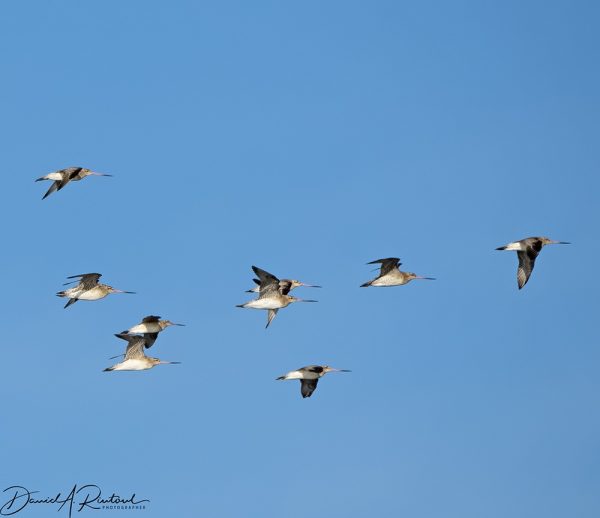
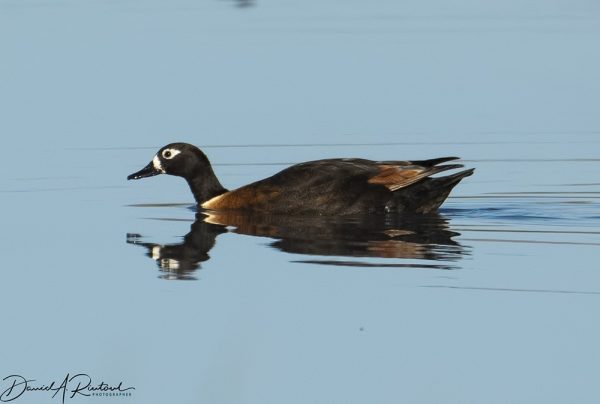
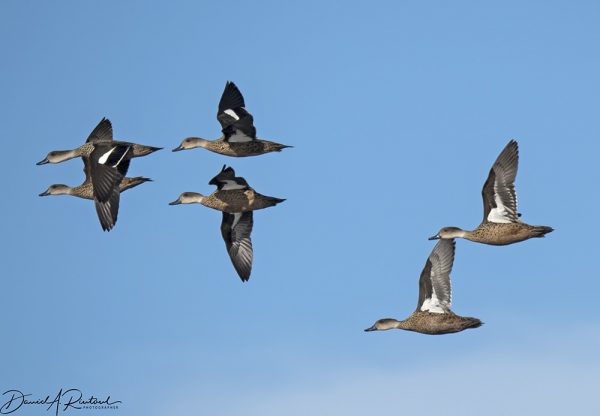
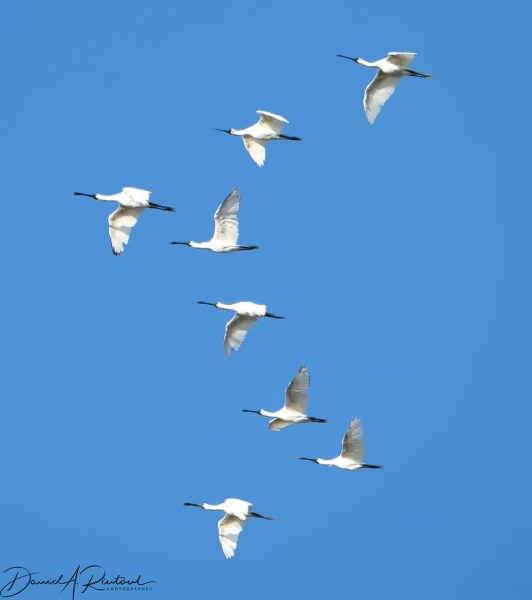
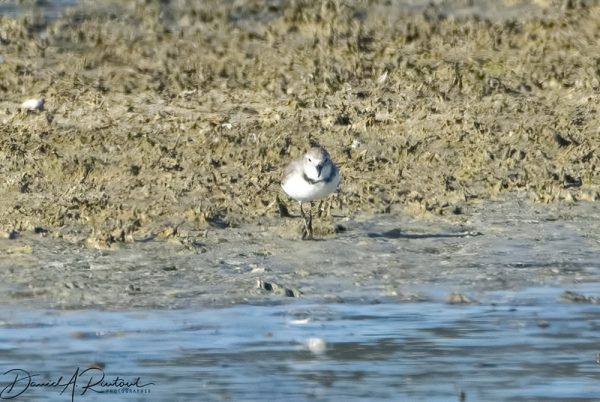
p.a.
??????. Just noticed this ikon!
Mary G
So many fascinating facts, and great photos. The Godwits fly 7400 miles without stopping anywhere? No stop in Hawai’i? How long does that take? Another awesome post with beautiful birds from Albatrossity. ???????
waratah
Wow! The Godwit is an amazing bird, to do that trip twice a year. All the photos are lovely.
I am partial to the Aussie vagrant. He probably left the pub in a storm and ended up in New Zealand.
p.a
@waratah: Kiwis will know he’s an outsider by his accent!
JPL
Beautiful pictures and an amazing story. @Mary G: Google tells me that it takes nine days.
debbie
Birds in flight are awesome!
Betty
Just beautiful.
arrieve
What a lovely way to start the day, with bird pics from Albatrossity!
mad citizen
Fantastic Photos. I wish I knew more about why the birds make that long flight. Did they do a shorter one when the two points were closer, and the flight got longer every so slowly as the continents have drifted apart? Or did a bunch just fatten up and one day decided to go for a long flight over the water? Just kidding on the last one. I don’t watch nature shows.
stinger
Wonderful photos, and great information!